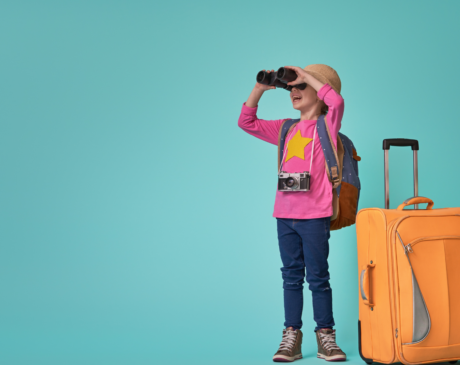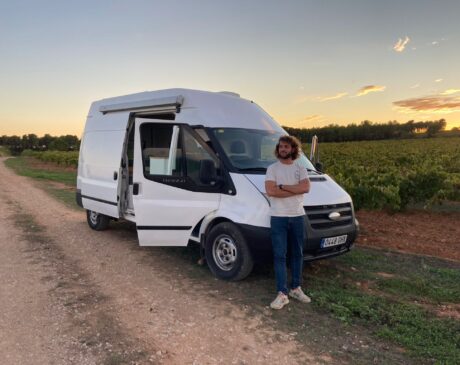Essential Safety Tips for Solo Trekking in the Nature Alone
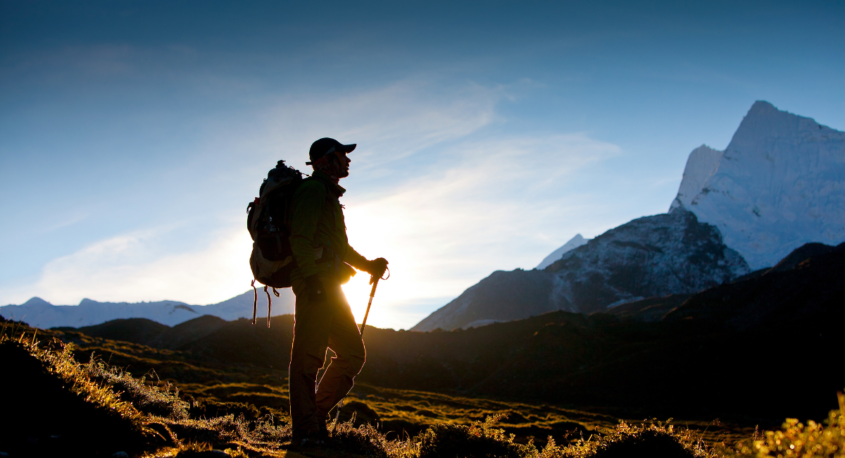
Solo trekking can be a deeply rewarding and enriching experience, providing an opportunity for self-discovery and connection with nature; let’s discover together the essential safety tips for solo trekking and navigating nature alone.
Venturing into the wilderness alone also comes with its own set of challenges and risks.
To ensure a safe and enjoyable solo trekking experience, it is crucial to prioritize safety and preparedness.
This article outlines essential safety tips for those who embark on solo treks, emphasizing the importance of careful planning and responsible decision-making.
Thorough Planning
Before setting out on a solo trek, meticulous planning is key. Research the chosen trail, familiarize yourself with the terrain, and gather information about the weather conditions.
Inform someone reliable about your itinerary, including details such as the starting point, planned route and expected return date.
This ensures that someone knows your whereabouts in case of an emergency.
Pack Wisely
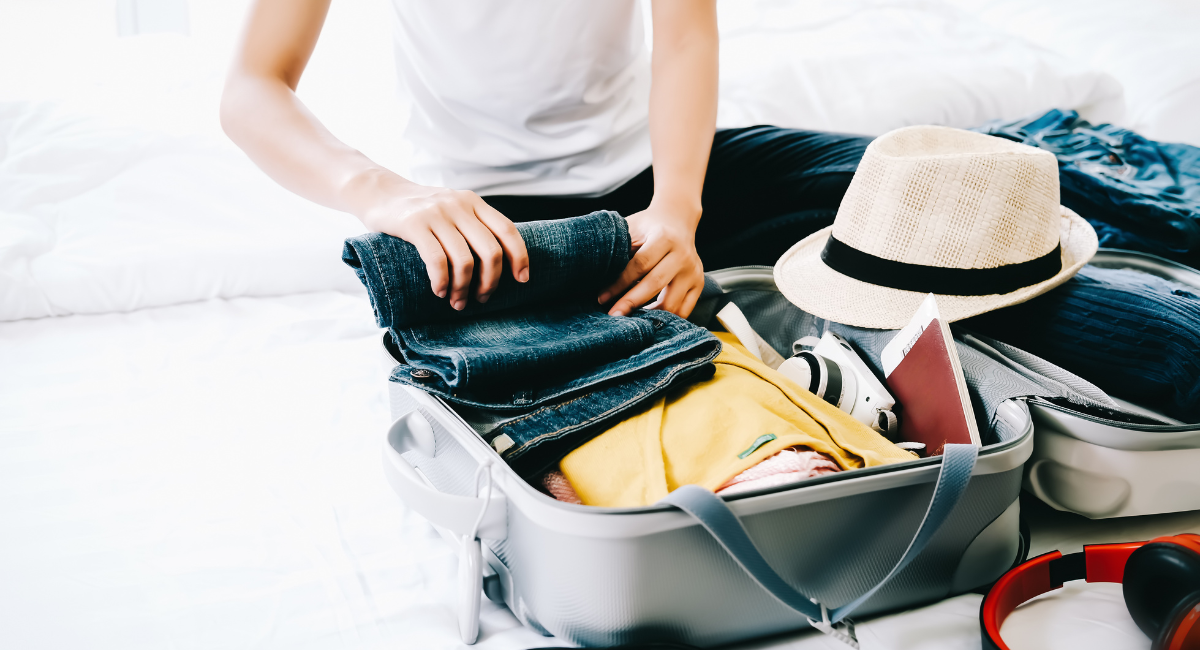
Packing is a critical aspect of solo trekking safety.
Carry essential items such as a reliable map, compass, GPS device, first aid kit, extra food and water, a multi-tool, a weather-appropriate clothing layer and a lightweight emergency shelter.
Adequate gear can be a lifesaver when faced with unexpected challenges or adverse weather conditions.
Emergency Communication
In areas with no cellular reception, consider carrying a satellite communication device or a Personal Locator Beacon (PLB).
These devices can be invaluable in emergencies, enabling you to call for help even in remote locations where traditional communication methods fail.
Know Your Limits
While solo trekking provides an opportunity for personal growth, it’s crucial to know and respect your physical and mental limits.
Be realistic about your abilities and choose trails that align with your skill level. Avoid taking unnecessary risks and be prepared to turn back if conditions become unsafe.
Time Management
Manage your time wisely, especially considering daylight hours. Start early in the day to maximize daylight and give yourself enough time to complete the trek comfortably.
Avoid pushing yourself too hard and always plan for unexpected delays.
Stay Hydrated and Energized
Maintaining proper nutrition and hydration is crucial during solo trekking. Carry enough water and high-energy snacks to sustain yourself throughout the journey.
Dehydration and fatigue can compromise your decision-making abilities and physical performance.
Wildlife Awareness
Research the wildlife in the area you plan to trek through and understand how to coexist safely.
Familiarize yourself with basic wildlife safety measures, such as storing food securely, making noise to alert animals of your presence and knowing how to respond if you encounter wildlife.
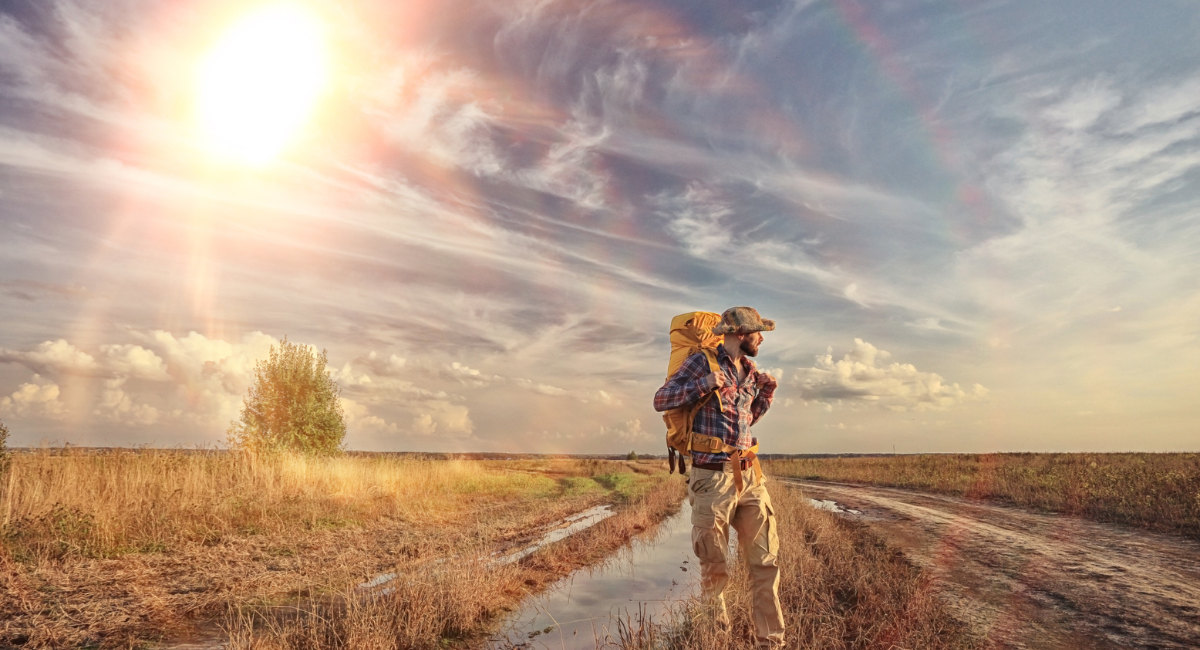
Leave No Trace
Practice responsible outdoor ethics by adhering to the Leave No Trace principles.
Minimize your impact on the environment by packing out all trash, staying on designated trails, and respecting the natural surroundings.
Is it Safe to go Hiking Alone as a Woman?
Hiking alone as a woman can be a safe and fulfilling experience with proper precautions and preparation.
While there are potential risks associated with solo hiking, the same can be said for anyone, regardless of gender.
Here are some essential safety tips for solo trekking in the nature alone as a woman, to enhance your safety when hiking in the nature.
Choose Well-Traveled Trails
Opt for popular and well-maintained trails, especially if you are new to solo hiking. These trails often have more people around, reducing the likelihood of encountering potential dangers.
Inform Others of Your Plans
Always let someone know your hiking plans, including the route you plan to take, expected return time, and any specific landmarks along the way.
This ensures that someone is aware of your whereabouts in case of an emergency.
Check Weather Conditions
Stay informed about the weather conditions before you embark on your hike. Sudden changes in weather can pose risks, so be prepared with appropriate clothing and equipment.
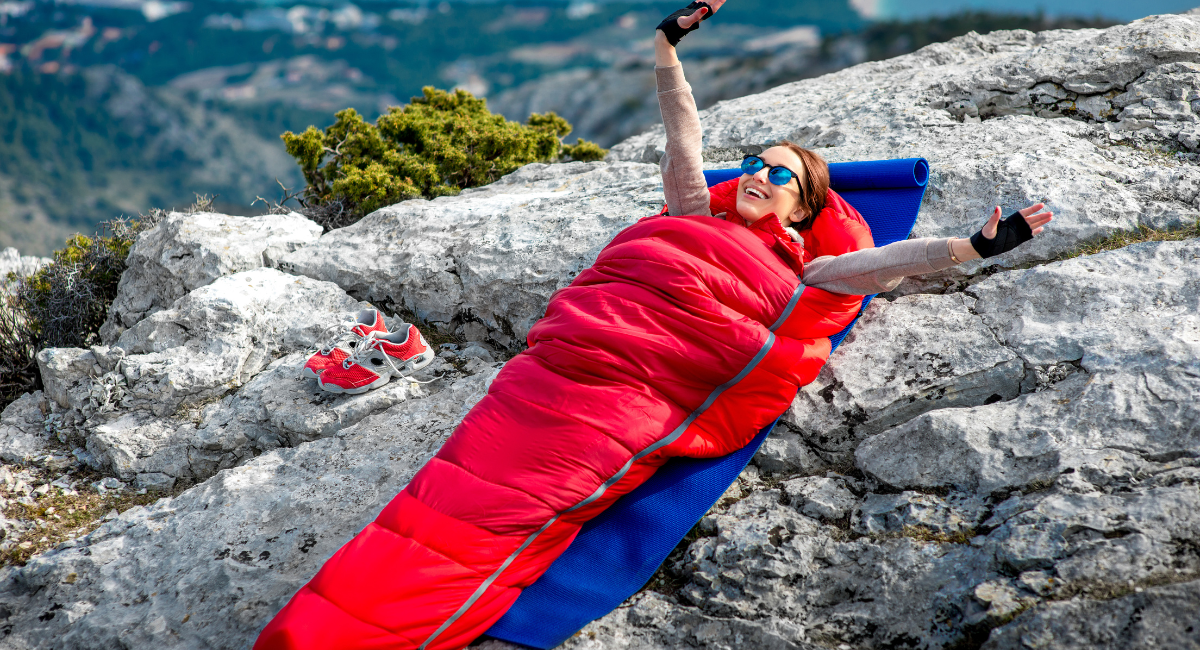
Trust Your Instincts
If something doesn’t feel right or if you sense danger, trust your instincts. It’s okay to alter your plans, turn back, or seek help if needed.
Your safety should always be the top priority.
Carry Essential Gear
Pack necessary gear, including a map, compass, first aid kit, water, snacks, and a fully charged phone. Consider carrying a personal safety device or whistle for added security.
Learn Basic Self-Defense
Acquiring basic self-defense skills can boost your confidence and provide you with tools to protect yourself if you ever find yourself in an uncomfortable situation.
Many communities offer self-defense classes.
Avoid Isolated Areas
While solitude is often part of the appeal of solo hiking, avoid extremely isolated areas, especially during off-peak hours.
Stick to trails with a reasonable level of foot traffic.
Be Mindful of Your Surroundings
Stay aware of your surroundings at all times. This includes paying attention to the trail, landmarks, and any changes in the environment.
Stay focused on the hike and limit distractions.
Consider Carrying Personal Safety Devices
Depending on the location and your level of comfort, you may want to carry personal safety devices such as a whistle, pepper spray, or a personal alarm.
These tools can serve as deterrents and help attract attention in case of an emergency.
Join Hiking Groups or Find a Hiking Buddy
If you are uncertain about solo hiking, consider joining hiking groups or finding a hiking buddy. This can provide companionship, shared knowledge, and an extra layer of safety.
Solo trekking can be a transformative and empowering experience, but safety should always be the top priority.
By thorough planning, careful preparation, and responsible decision-making, solo trekkers can navigate nature alone with confidence.
Remember that the key to a successful solo trek lies in being well-prepared, aware of your surroundings, and respectful of the environment.
The most important aspect of solo hiking, regardless of gender, is thorough preparation. By taking the necessary precautions and staying vigilant, you can increase your safety and enjoy the many benefits of exploring nature on your own terms.
Did you like our essential safety tips for solo trekking and navigating nature alone? Let us know and enjoy your travel!

